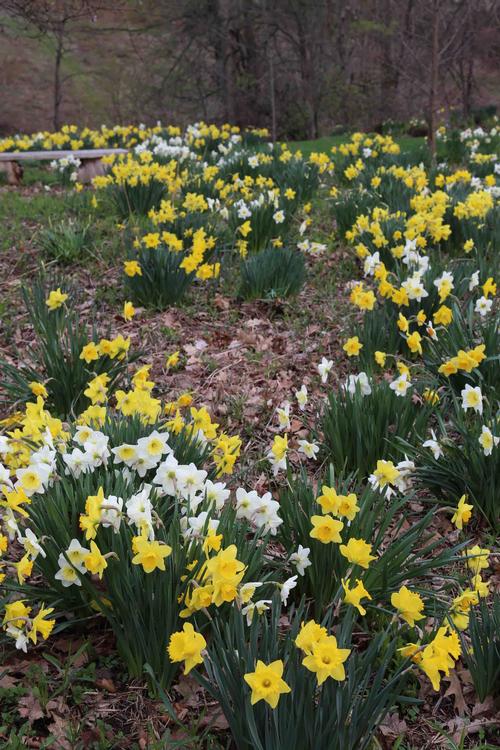Dependable Varieties That Multiply Quickly
Nothing shouts “spring” like a daffodil. These sunny, easy to grow flower bulbs are the perfect tonic after a long, grey winter.
Daffodils make it easy to create an ever more impressive show of color around your home. After the bulbs finish blooming in spring, they get right to work storing up energy for the next year's flowers. Daffodils use their foliage, which usually stays green until early summer, to produce the energy they need for flowering and reproduction.
Daffodil flowers produce seeds, but the bulbs can also reproduce by generating side bulbs or offsets. Within a year or two, these "daughter bulbs" become large enough to bloom on their own. So if your goal is to have big drifts of daffodils, it's best to plant vigorous varieties that are known to be good at producing offsets. That way, the 100 bulbs you plant this fall will gradually multiply to 300, then 600, then 1000.
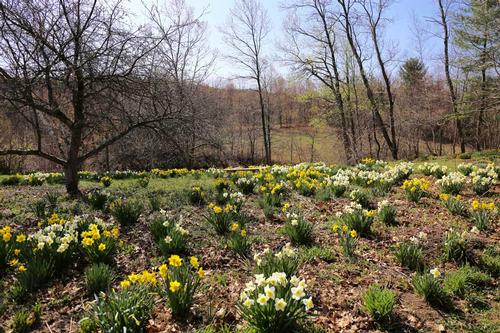
There’s another advantage to planting daffodils that are good multipliers. Because these bulbs are so good at reproducing themselves, they are also relatively easy to grow commercially, and this usually translates to a lower purchase price.
Bloom time is something else to consider when you're choosing varieties for naturalizing. Early blooming varieties can start flowering more than a month before the late blooming ones. By planting one or more varieties from each flowering season, you can have flowers in bloom for six weeks or more.
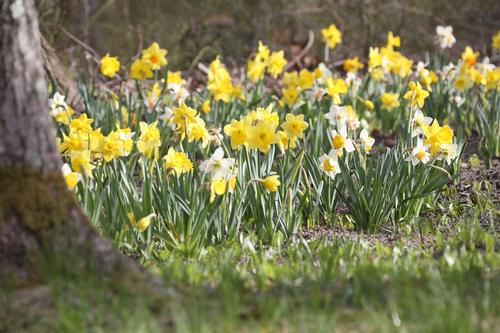
When it's time to plant the bulbs, you can plant them in drifts by variety, such as a swath of all yellow Dutch Master or all white Mount Hood. For a more informal look, you can create or purchase a mix that includes several colors such as a Trumpet Mix or Multiflowering Mix.
Purchasing a naturalizing mix can save you both time and money. Before you buy, be sure to check the bulb size. Naturalizing mixes sometimes include smaller than average bulbs. A naturalizing mix with 12/14 cm bulbs will give you a good show of flowers the first year after planting.
Daffodils perform best when they're planted in a well drained location and get plenty of sun, but they will also tolerate some shade. All of the following varieties are strong growers and good multipliers, and will give you many years of beautiful spring color.
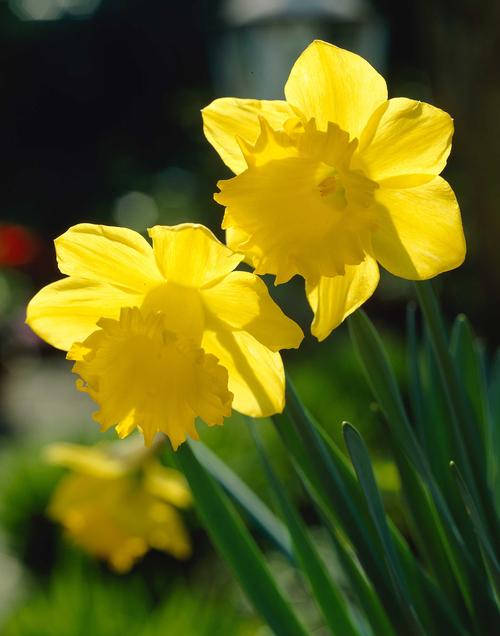
Best Early-Blooming Daffodils for Naturalizing
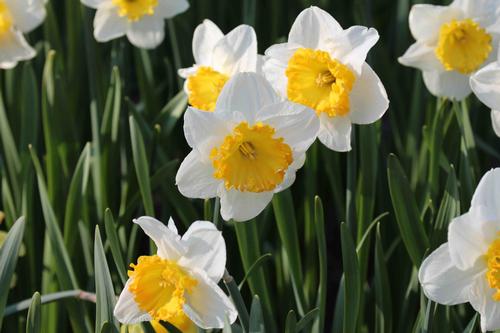
Best Midseason Daffodils for Naturalizing
King Alfred/Dutch Master/Yellow River
Best Late-Blooming Daffodils for Naturalizing
